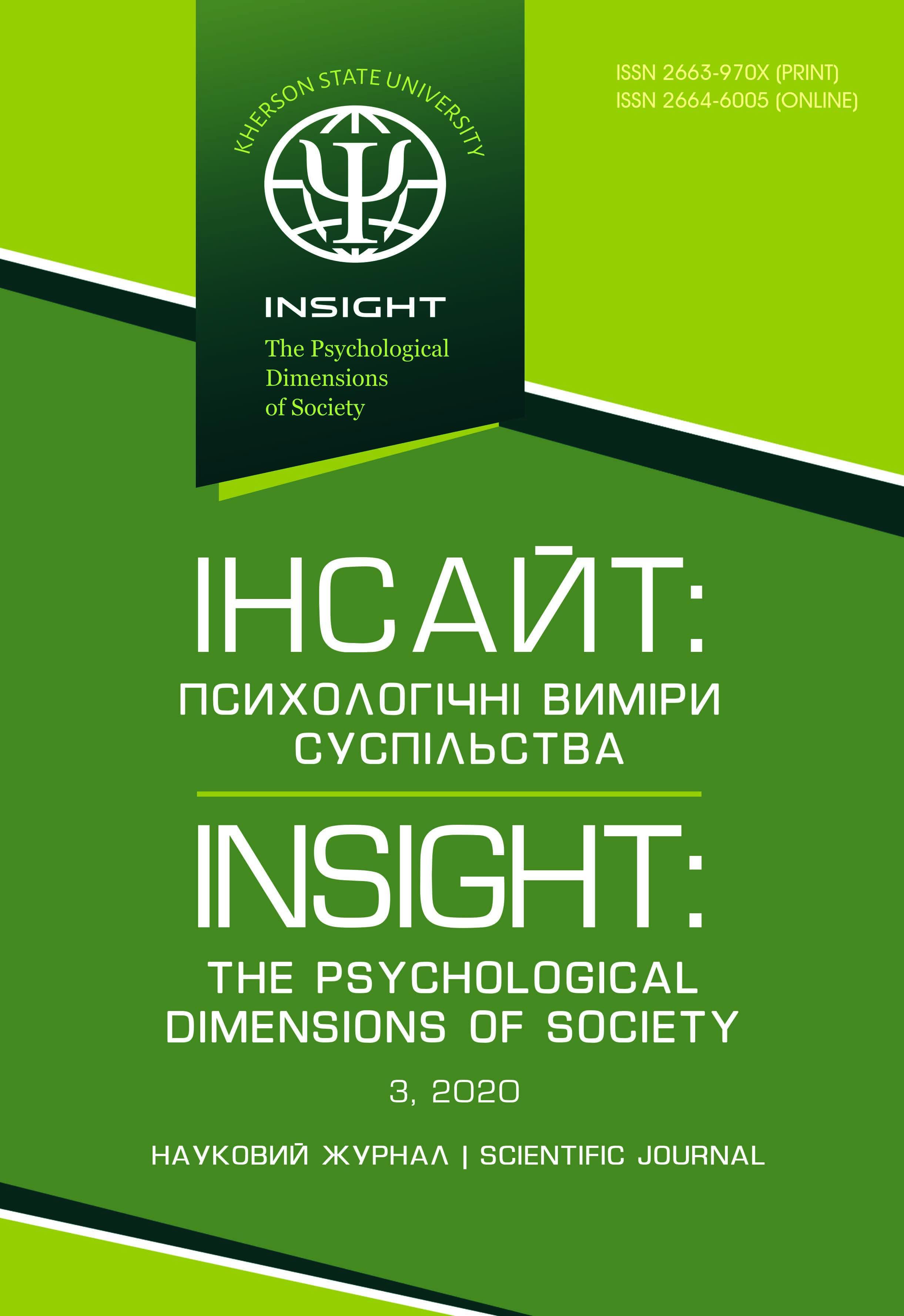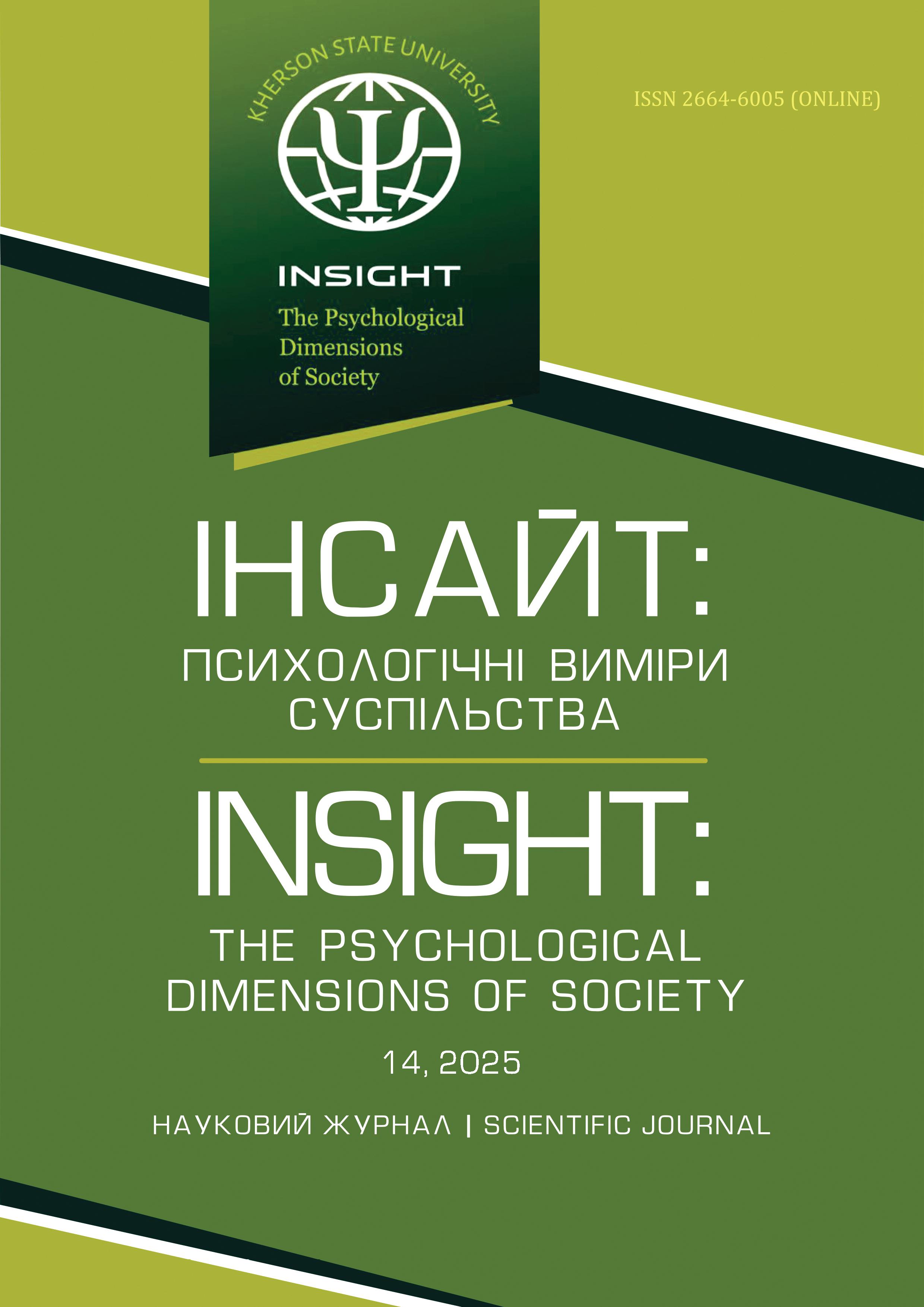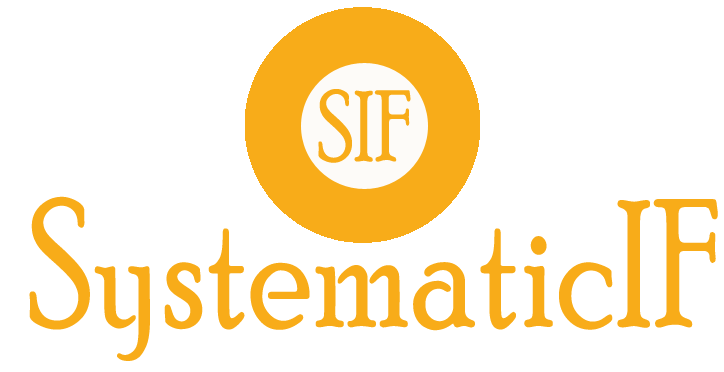The structural and functional model of the professional readaptation of the internally displaced persons
Abstract
The purpose of the research is to develop and substantiate the structural and functional model of the professional readaptation of unemployed internally displaced persons. Methods. In the course of the study, the authors use a complex of methods, in particular, the analysis of legislative and regulatory documents which prescribe the rights and duties of internally displaced persons, scholarly literature dealing with the subject-matter of the article to identify the development status of the issue concerned and methodological and theoretical fundamentals of the research; generalization and systematization to draw the conclusions; modeling to create the structural and functional model. To perform the correctional and rehabilitation activity with unemployed belonging to the category of internally displaced persons effectively, the authors have chosen the methods which present the psychosocial model of rehabilitation (N. Sardzhveladze), the Nonviolent Communication model (M. Rosenberg) and psychosocial model of resilience development (M. Euwema). Results. In the process of creating the structural and functional model of the professional readaptation of unemployed internally displaced persons, it was formulated the three-level concept: the methodological level which elucidates the interrelations of scientific approaches in resolving the issue of concern; the theoretical level involves taking into account of advances of the contemporary psychology on the area of social readaptation; the practical level stipulates the development of conceptual and procedural support of the correctional and rehabilitation activity. The elaborated structural and functional model contains the following components, which have direct functional relations: purpose, content, tools and methods, expected result. The model consists of purposeful (purpose and tasks), theoretical-methodological (methodological approaches, general scientific and specific principles), conceptual-activity (content, forms, methods, means of professional readaptation) and criteria-performance (complex methods of diagnostics, criteria, indicators and levels of professional readaptation) blocks. Conclusions. The article develops and justifies the structural and functional model of the professional readaptation of unemployed internally displaced persons. The positional layout of its components, first, demonstrates the consistency of problem solution and, second, the reasoning of execution of correctional and rehabilitation activities. The research proves that interaction and interrelations of the formed and described blocks guarantee the cohesiveness, functionality and effectiveness of the proposed model of professional readaptation of internally displaced persons. The model also focuses on the optimization of the practical activity of experts who mentor the mentioned category of citizens.
Downloads
References
2. Баклицький І.О. Психологія праці. Київ: Знання, 2008. 316 с.
3. Блинова О. Є. Соціально-психологічна адаптація вимушених мігрантів: підходи і проблеми вивчення феномена акультурації. Науковий вісник Херсонського державного університету. Серія: Психологічні науки. 2016. Вип. 3 (1). С. 111–117.
4. Дроздова И. И. Проблемы и методы организации психологической помощи вынужденным мигрантам (из опыта работы психолога общественной организации). Социально- психологическая адаптация мигрантов в современном мире: матер. III Междунар. науч.- практ. конф. Пенза: Изд-во ПГУ, 2016. С. 60–64.
5. Eувема M. Психологічний розвиток дітей та молоді. Київ: “ЛХСІ”, 2016. 284 с.
6. Gajda J. Social and Professional Adaptation of Employees as a Main Factor in Shaping Working Conditions. Journal of US-China Public/Administration, October 2015, Vol. 12, №10, PP. 789–795.
7. Maslow A. H. A Theory of Human Motivation. Psychological Review, 1943, Vol. 50, №4, PP. 370-396.
8. May R. The Meaning of Anxiety. N.Y.: Pocket Books, 1977. 234s.
9. Орбан-Лембрик Л. Вплив міграційних процесів на поведінкові прояви особистості. Збірник наукових праць: філософія, соціологія, психологія. 2008. Вип. 13. Ч. 1, С. 3 – 15.
10. Rogers C. R. Counseling and psychotherapy. Cambridge, MA: Riverside Press, 1942. 236 с.
11. Розенберг М. Язык жизни. Ненасильственное общение. Москва: Изд-во София, 2009. 248 с.
12. Саpджвеладзе Н. Травма и психологическая помощь. Москва6 Смысл, 2007. 268 с.
13. Шумейко А.П. Види реадаптації і психореабілітації учасників бойових дій. Проблеми екстремальної і кризової психології. 2017. №21, С. 220-229.
14. Yalom I. (1980). Existential psychotherapy. New York: Basic Books. 322 s.
Authors who publish with scientific journal agree to the following terms:
• All scientific papers may be freely copied and distributed on any medium and in any format, provided that the references to the initial data of the scientific work are indicated.
• Authors retain copyright and grant the journal right of first publication with the work simultaneously licensed Creative Commons Attribution License .
• Authors are able to enter into separate, additional contractual arrangements for the non- exclusive distribution of the journal’s published version of the work (institutional repository, your website, monograph), with an acknowledgement of its initial publication in this journal.





































